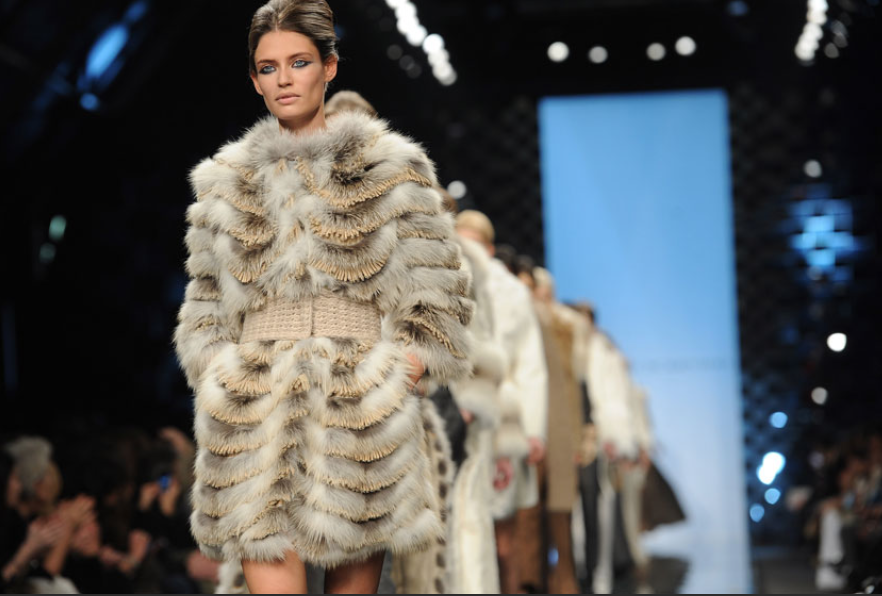In the fashion industry, fur has always played a significant role. It is not only a symbol of luxury brands but also represents elegance and timelessness. This article will introduce the status and role of fur in the fashion industry, explore its pairing with other fashion products, and discuss design trends.

Status and Role of Fur
Fur plays multiple roles in the fashion industry. Firstly, it is one of the iconic products of luxury brands, representing nobility, quality, and taste. Crafted with exquisite techniques and premium materials, fur provides consumers with ultimate comfort and visual enjoyment. Secondly, fur is also an essential element in fashion shows and events, often used in designers' fashion shows and fashion photography, adding magnificence and opulence to overall styling. Additionally, fur is widely used in various high-end occasions and events, such as red carpet events, dinners, and weddings, becoming a striking focal point.
Pairing Fur with Other Fashion Products
In the fashion industry, fur is often paired with other fashion products to create diverse and vibrant styling effects. For example, fur coats can be paired with jeans and sneakers to create a casual street style, or paired with dresses and high heels to showcase an elegant and charming evening wear style. Furthermore, fur accessories such as scarves, gloves, and hats can also be paired with various clothing to add highlights and personality to overall styling.
Trends in Fur Design
With the continuous development and evolution of the fashion industry, fur designs are also constantly innovating and updating. On the one hand, designers focus on the comfort and functionality of fur products, using lightweight, soft fur materials to design styles that better fit the body curves and enhance wearing comfort. On the other hand, designers also emphasize the environmental friendliness and sustainability of fur products, advocating the use of faux fur or recycled fur to reduce harm to animals and waste of resources. Additionally, a diverse range of fur design styles has become a major trend in the fashion industry, catering to the personalized needs of different consumers, from classic fur coats to creatively designed fur dresses, meeting diverse consumer demands.
Fur, as an essential part of the fashion industry, not only represents luxury and quality but also carries designers' creativity and fashion trends. In the future, with consumers' increasing focus on environmental protection and sustainability, it is foreseeable that fur will continue to develop in a more environmentally friendly, innovative, and diversified direction, continuing to play a significant role in the fashion industry.















